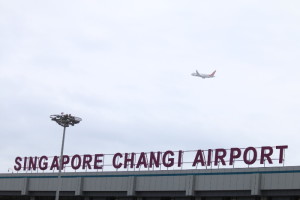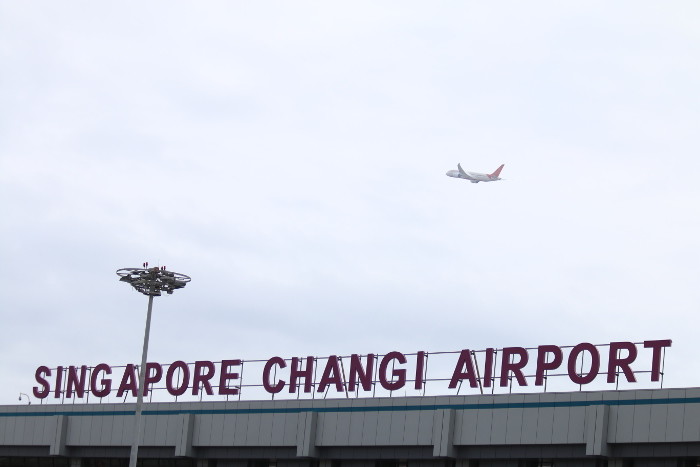 Singapore Changi Airport operator Changi Airport Group (CAG) said it has awarded to a joint venture a S$1.12-billion (US$799.37 million) contract for the first package of works leading to the development of a three-runway system at the airport.
Singapore Changi Airport operator Changi Airport Group (CAG) said it has awarded to a joint venture a S$1.12-billion (US$799.37 million) contract for the first package of works leading to the development of a three-runway system at the airport.
The contract went to a joint venture formed by Samsung C&T Corporation and Koh Brothers and covers the first of several packages of works to be undertaken to build a three-runway system that is seen to be operational by the early 2020s.
The deal with the project’s main construction contractor includes pavement works, drainage works, security fencing and perimeter roads, mechanical and electrical works, as well as supporting works such as major services and road diversions.
Changi Airport currently operates two runways serving its three terminals as well as the upcoming Terminal 4. To ensure adequate runway capacity for the airport’s continued growth beyond this decade as well as to cater to the future Terminal 5, CAG will be converting an existing third runway (Runway 3)—which is currently used by the military—for joint civil-military use.
The JV will extend this runway to handle larger aircraft, and develop supporting taxiways to connect Runway 3 to the rest of Changi Airport.
Other works to be carried out by the JV include the construction of canals and drainage systems that will keep the runway and taxiways free of surface water and prevent flooding, thus improving the safety and operational resilience of the airfield.
To support three-runway operations at Changi Airport, airfield specialized systems including airfield lighting, surveillance and detection systems, will also be installed as part of the works. Ancillary buildings including airfield lighting control centers, as well as a fire station and related rescue facilities will be developed.
The extension of Runway 3, together with the new taxiway system linking to the existing Changi Airport, will total about 40 kilometers. A whole suite of supporting infrastructure and airfield systems will also be built to support three-runway operations.
Meanwhile, Singapore Changi Airport reported a bigger volume of cargo in September, saying it handled 155,100 tonnes of airfreight, or 4.9% higher than a year before. In the first nine months of 2015, the aviation hub saw its cargo shipments hold steady at 1.37 million tonnes for the year to date.
HKIA September throughput
On the other hand, at Hong Kong International Airport (HKIA), cargo traffic rose 1.1% year-on-year to 368,000 tonnes in September, after declining in recent months.
The rebound in air cargo traffic in September was primarily due to a 3% year-on-year growth in exports. Imports experienced negligible growth, while transshipments decreased by 3% compared to the same month last year. Among the key trading regions, traffic to and from North America and Australasia increased most significantly.
In the first nine months of this year, HKIA handled 3.2 million tonnes of cargo, representing growth of 0.2% over the same period last year. On a rolling 12-month basis, cargo throughput grew 1.3% to 4.4 million tonnes.





